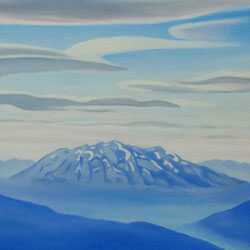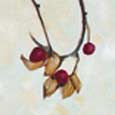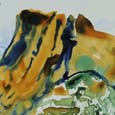Great Creative Ideas
“Where Good Ideas Come From” – This video is an entertaining animation that talks about how the greatest inventions in science and technology came to be. In the second half, it makes a strong case for networking in order to bring out the best creative ideas.
In any creative field, we stand on the shoulders of those who have gone before, and so I see applications from this for the visual arts as well. We can’t exactly have a chat with most of the great artists who went before us (and if you think you can, I don’t want to know about it 🙂 . However, taking the time to study their works can tremendously boost your own ability. It’s inspiring to go to galleries and stand in front of masterpieces. If that is not possible for you, libraries and the internet are wonderful resources. Discover which past great artists have paintings that really move you. And the very best way to learn from the greats? Spend time copying their paintings (for educational purposes, meaning, not for public display or sale). This allows you to absorb some of their painting expertise in a way far superior to simple observation. You need not worry that the influence will be overly strong – your own unique interpretation will eventually shine through, in the same way that your signature is your own. In this way, you create a space where ideas can “mingle and swap, and create new forms”.


